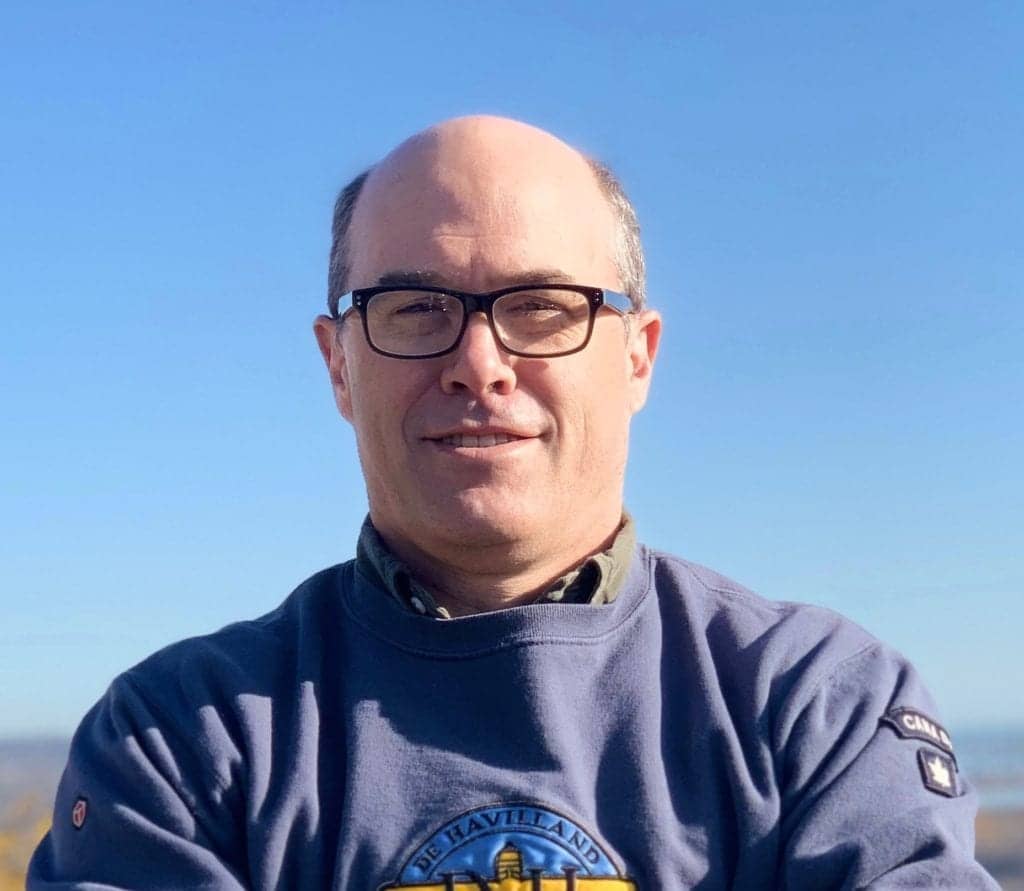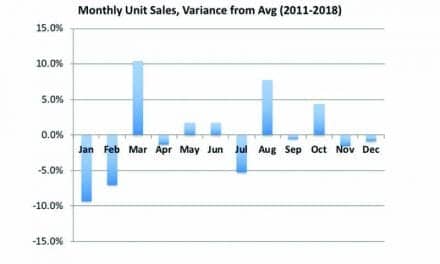Staff Standpoint | July 2020 Hearing Review
By Karl E. Strom
As the headline of last month’s Staff Standpoint column (“Better Times Ahead”, June Hearing Review, p 6) indicated, June ushered in a tentative sigh of relief from hearing care practice owners and industry as we turned the corner on at least Round #1 of the Covid-19 pandemic. In general, business conditions improved significantly, with US hearing aid sales estimated at about 85% of what they were last June. Most market analysts are also predicting large increases in sales for 2021-2022 due to pent-up demand. However, it also appears that, since early June, Covid-19 cases have been steadily rising in over 35 states, and we will be coping with at least regional outbreaks for the next 1-2 years (given that vaccines for Covid-19 may not be widely available for a year or more.) Cue the SNL Debbie Downer music.

On June 19, I moderated a webinar sponsored by Hamilton CapTel featuring Douglas Beck, AuD, Vice President of Academic Sciences for Oticon, and Clifford (“Dr Cliff”) Olson, AuD, a private-practice owner in Phoenix and popular vlogger (webinar available at: https://bit.ly/38qoVFY). One of the many interesting discussion points raised by them was how the pandemic will have lasting effects on our field in numerous areas, most notably infection control and teleaudiology. Dr Beck lauded the rapid response of hearing care professionals and industry in implementing personal protective equipment (PPE) for effective infection control, while changing office protocols to safeguard patients and employees. Consumers have been apprehensive about visiting medical-related facilities in general. Dr Beck pointed out that MarkeTrak 10 shows the average first-time hearing aid user is 65+ years old, squarely in the demographic endangered most by Covid-19. Dr Olson said that—even though his practice uses unbundled billing, has robust teleaudiology capabilities, and did everything possible to service patients safely in March-April—the initial shortage of PPEs nationwide never really impacted his business because patients just weren’t coming through the doors. This was also reflected in HR’s three Covid-19 Impact Surveys from March-May. “April was really rough, May was starting to get a little bit better, and then in June it almost feels like we’re in a full recovery, at least in my clinic,” said Dr Olson in the June webinar. “But the problem is…we now have had, at least in Arizona (and we thought we had escaped the worst of it)…a huge increase in positive tests. You can debate all you want about ‘Is that [due to] more testing?’ or whatever the case may be, but it’s really irrelevant. Because, at the end of the day, it all depends on if consumers are actually willing to come into the clinic, now that we have all the appropriate safety protocols in place from an infection control standpoint.”
RELATED ARTICLE: US Hearing Aid Sales Fall by 59% in Second Quarter 2020.
Given the recent outbreaks, it seems unlikely that any region will be spared their turn in becoming a temporary “hotspot.” The trick will be in “flattening the curve” on a national and regional level so that medical facilities don’t become overwhelmed, and ensuring those people at greatest risk are not infected. From a hearing healthcare standpoint, that means doing everything possible to ensure patients are safe with enhanced infection control and strict protocols, limiting patient contact with staff and other patients, having strong employee health and stay-at-home policies, and doing as much “upfront patient intake” and remote teleaudiology as is feasible.
My friends who have elderly relatives in assisted care facilities have alternately raved about and rued the extremely rigid procedures those facilities are adopting in response to Covid-19 (eg, limiting in-person encounters to outside window visits with >10-foot barriers, etc), but they also fully understand and appreciate the strict measures being instituted. When I asked Dr Olson what the key to business recovery was, he said: “Ridiculous amounts of sanitation is one thing that is happening…This has [shed] light on the fact that maybe we should have been sanitizing these pieces of equipment and the chairs [etc] between patients already…That has become a standard now inside the clinic and probably will remain a standard for at least some amount of time.”
Covid-19 and other viruses that threaten the lives of seniors will be with us for the foreseeable future. For numerous well-documented reasons (spanning decades), we know that it’s essential for everyone’s health, safety, welfare, and quality of life to hear well. We also know seniors are a vulnerable group. Many of the changes occurring in hearing healthcare spurred on by the pandemic—most notably enhanced infection control and telecare—may have been a long time in coming.
Citation for this article: Strom K. The long-haul and COVID-19. Hearing Review. 2020;27(7):6.





